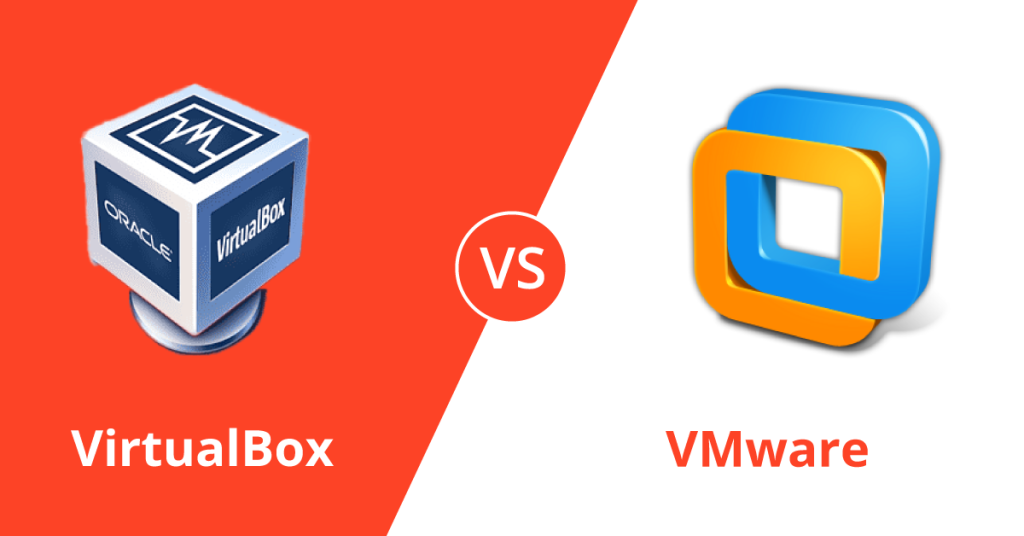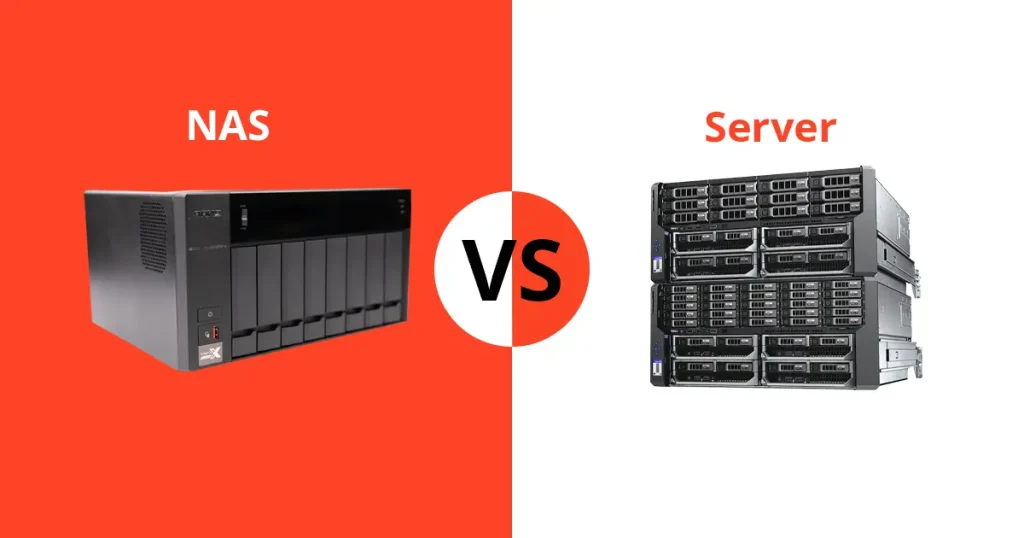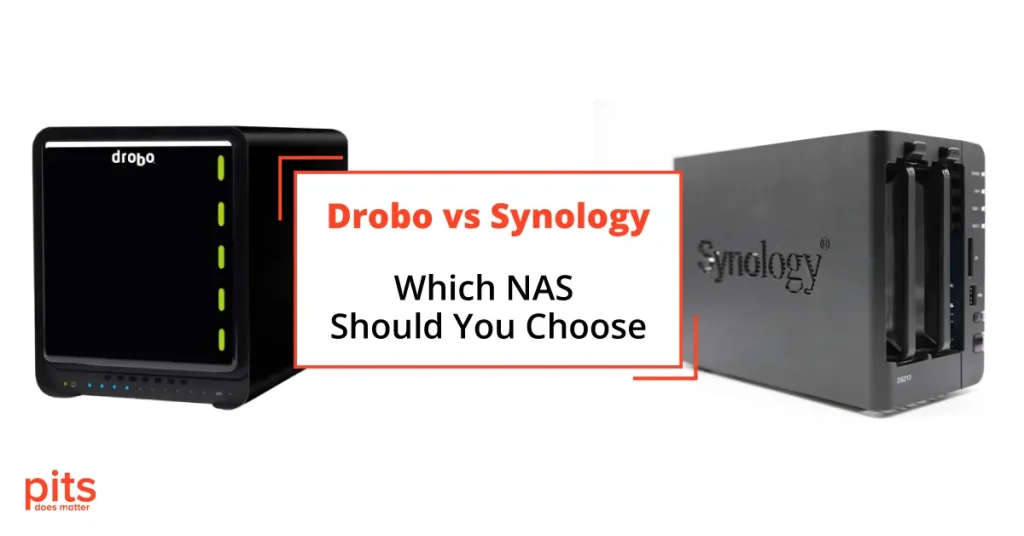Within the realm of data storage systems, there exist two primary alternatives: JBOD and RAID. Both JBOD and RAID exhibit distinct merits and demerits. It is imperative to meticulously assess the variances between these options in order to arrive at an enlightened determination regarding their suitability for your requirements.
JBOD, an acronym denoting “just a bunch of disks,” has garnered popularity as a storage solution. As its nomenclature implies, it essentially constitutes an aggregation of hard drives treated as autonomous storage entities. Conversely, RAID, an abbreviation for “redundant array of independent disks,” harnesses multiple hard drives to furnish redundancy and elevate operational efficacy.
In this discourse, our team shall delve into a comprehensive examination of the disparities between JBOD and RAID, alongside an exploration of the diverse strata within the RAID hierarchy.
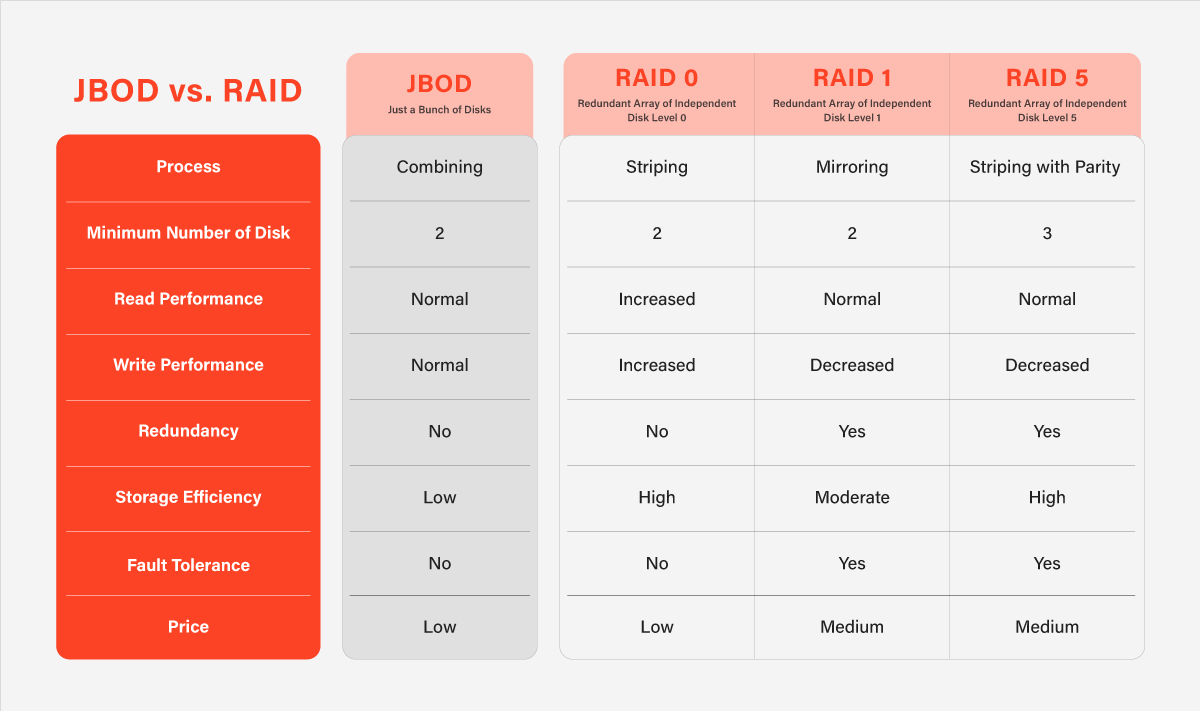
Comparing JBOD and RAID 0
The comparison between JBOD and RAID 0 merits thoughtful consideration. While both involve the utilisation of multiple hard drives as a unified storage entity, RAID 0 employs a technique known as striping, which disperses data across these drives to enhance operational speed. However, it is crucial to note that this augmentation in performance is not accompanied by any data redundancy measures.
In stark contrast, JBOD segregates each individual hard drive as a distinct storage entity. This implies that a malfunction in one hard disk would result in the loss of all data contained within it, with the unaffected drives remaining unscathed.
RAID 0 offers the advantage of heightened read and write speeds in comparison to JBOD. However, it is imperative to acknowledge the corresponding drawback: should a single drive encounter failure, access to the entirety of data across all drives becomes compromised. Consequently, the selection between RAID 0 and JBOD should hinge upon the prioritisation of speed over data redundancy, a consideration particularly relevant in domains such as video editing or gaming.
Contrasting JBOD and RAID 1
RAID 1 emerges as a notably more secure alternative when weighed against RAID 0, predominantly due to its incorporation of data redundancy mechanisms.
Within a RAID 1 configuration, a pair of drives function in tandem, with data being mirrored between them. Thus, the eventuality of a drive failure is mitigated, as a complete replica of all data persists on the other operational drive.
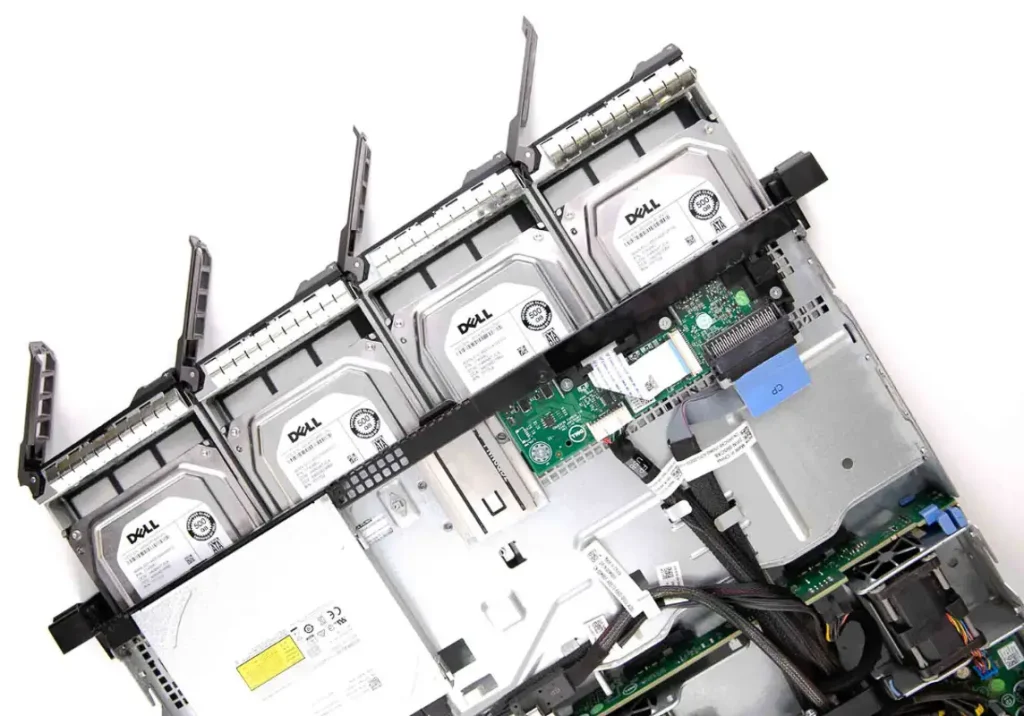
Conversely, JBOD, or Just a Bunch of Disks, presents a dearth of redundancy, rendering all data vulnerable to irretrievable loss.
The merit inherent in RAID 1 lies within its capacity to furnish comprehensive data redundancy. Nevertheless, the drawback to this approach is its requisite for a doubled quantity of hard drives compared to JBOD in order to accommodate an equivalent data volume.
Furthermore, the operational velocities pertaining to data read and write operations experience a decrement within the context of RAID 1, given the necessity to concurrently inscribe data onto both drives. Consequently, when faced with the deliberation of selecting between RAID 1 and JBOD, a judicious assessment of one’s storage requisites becomes of paramount importance.
Comparing JBOD and RAID 5
Within the spectrum of data storage solutions, the juxtaposition of JBOD and RAID 5 presents intriguing dynamics. While RAID 5 entails a configuration of heightened complexity compared to RAID 1, it compensates with an augmented amalgamation of operational efficacy and data safeguarding. In the context of RAID 5, an assemblage of three or more drives is orchestrated, orchestrating the division of data across the entire array of drives. Each drive also houses parity data, thereby endowing the system with the capability to recuperate data in the event of a single drive failure.
Conversely, as previously expounded, JBOD offers no provisions for data redundancy. The failure of a solitary drive inevitably culminates in the irrevocable forfeiture of data.
RAID 5’s strength lies in its harmonisation of commendable performance and data redundancy, rendering it an apt choice for deployments such as servers, where the imperative of data availability holds paramount significance. However, it warrants the inclusion of a minimum of three drives, and the pace of both read and write operations is relatively subdued in contrast to RAID 0. In the contemplation of selecting between RAID 5 and JBOD, a comprehensive evaluation of one’s holistic storage requisites assumes a pivotal role.
Selecting the Optimal Storage Solution: JBOD vs. RAID 0 vs. RAID 1 vs. RAID 5
The comparison between JBOD, RAID 0, RAID 1, and RAID 5 unveils distinctive advantages and drawbacks. JBOD presents itself as a straightforward and cost-effective alternative; nonetheless, it lacks provisions for data redundancy. In direct contrast, the RAID framework encompasses the merits of data redundancy and augmented operational efficiency. However, the implementation of RAID necessitates a greater hardware investment and entails a heightened level of intricacy.
JBOD manifests as a judicious selection when pursuing an uncomplicated and budget-conscious storage solution devoid of the requirement for data redundancy. Conversely, should the unwavering availability of data remain paramount, and the incorporation of supplementary hardware and intricacies prove palatable, the RAID approach emerges as the more commendable choice.
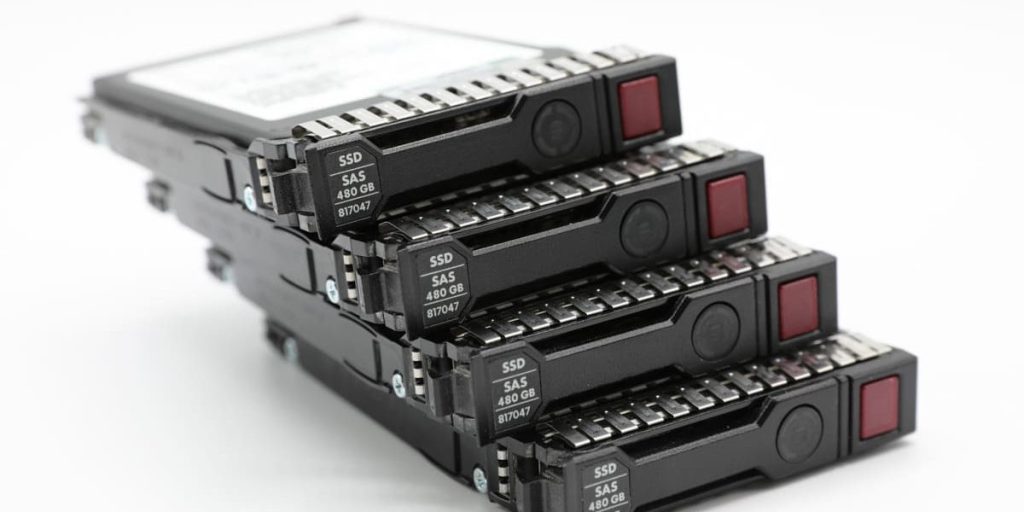
Deliberating on RAID Array Selection: Tailoring to Specific Requisites
In the process of opting for a suitable RAID array, the meticulous consideration of distinct requirements is paramount. RAID 0 emerges as a commendable choice for those prioritising swiftness, albeit at the cost of foregoing data redundancy.
Conversely, RAID 1 presents the advantage of comprehensive data redundancy, albeit necessitating the incorporation of twice the quantum of hard drives compared to JBOD.
The RAID 5 configuration, while affording commendable performance and data redundancy, mandates the deployment of no fewer than three drives, accompanied by comparatively slower read and write speeds about RAID 0.
It is imperative to underscore that alternative RAID configurations such as RAID 6, RAID 10, and RAID 50 exist, each endowing varying performance and data redundancy tiers. Nonetheless, these configurations generally entail an elevated degree of intricacy and necessitate heightened hardware provisioning, diverging from previously discussed configurations.
Ultimately, the resolution to opt for either the JBOD array or a specific RAID configuration is contingent upon one’s bespoke requisites and fiscal parameters. Should uncertainties persist regarding the most suitable system, seeking guidance from a proficient data storage expert poised to facilitate an enlightened decision-making process is prudent.
We’re Here to Help
Our experienced team is committed to helping you recover your critical data. No matter the situation, we work diligently to ensure the best possible outcome. Take action now and let us restore what’s important to you.
Start Recovery Process
"*" indicates required fields
